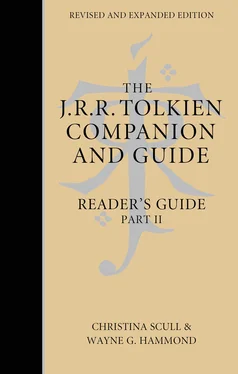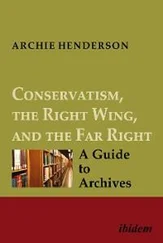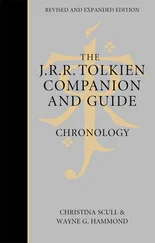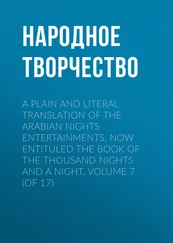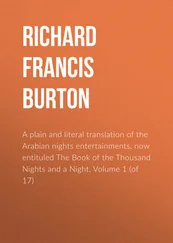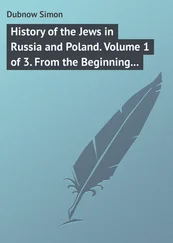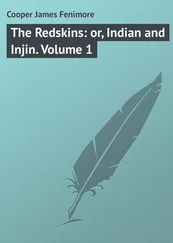1 ...6 7 8 10 11 12 ...29 Above all, Tolkien felt a deep affection for trees. Photographs often show him in their company: of these the most notable are Lord Snowdon’s portrait of Tolkien reclining against the roots of a great tree behind his home in *Poole, and the last photograph of him taken by his grandson Michael George (see *Michael Tolkien) on 9 August 1973, in the Botanic Garden, Oxford, standing with his hand on the trunk of a Pinus nigra , one of his favourite trees (now unfortunately no longer standing). *Joy Hill recalled that the last time she visited him in August 1973 he did not want to work, but took her on a long walk. They visited the Botanic Garden, walked by the river to look at willows, then went through the Botanic Garden again. He asked her to bring a camera on her next visit, so that he could have photographs of the trees.
Tolkien was saddened to see so many trees ill-treated or felled in both countryside and town. He wrote in an autobiographical note for the Houghton Mifflin Company in the summer of 1955: ‘I am (obviously) much in love with plants and above all trees, and always have been; and I find human maltreatment of them as hard to bear as some find ill-treatment of animals’ ( Letters , p. 220). His friend *George Sayer noted that Tolkien, during walks in the country while on a visit to *Malvern in 1947, ‘liked to stop to look at the trees, flowers, birds and insects that we passed’, but
his greatest love seemed to be for trees …. He would often place his hand on the trunks of ones that we passed. He felt their wanton or unnecessary felling almost as murder. The first time I heard him say ‘ORCS’ was when we heard not far off the savage sound of a petrol-driven chain saw. ‘That machine,’ he said, ‘is one of the greatest horrors of our age.’ He said that he had sometimes imagined an uprising of the trees against their human tormentors. [‘Recollections of J.R.R. Tolkien’, in Proceedings of the J.R.R. Tolkien Centenary Conference 1992 , ed. Patricia Reynolds and Glen H. GoodKnight (1995), p. 22]
By 1947 Tolkien had already written the chapters in The Lord of the Rings dealing with the march of the Ents on Isengard. Many readers have found the Ents, the shepherds of the trees, among Tolkien’s most original and most vivid creations. The chapter ‘Treebeard’ (bk. III, ch. 4), he said, seemed to write itself; and there the Ent Quickbeam’s lament for the rowan trees cut down by Saruman’s orcs certainly echoes Tolkien’s feelings. In a letter to the Daily Telegraph he wrote:
In all my works I take the part of trees as against all their enemies. Lothlórien is beautiful because there the trees were loved; elsewhere forests are represented as awakening to consciousness of themselves. The Old Forest was hostile to two legged creatures because of the memory of many injuries. Fangorn Forest was old and beautiful, but at the time of the story tense with hostility because it was threatened by a machineloving enemy. Mirkwood had fallen under the domination of a Power that hated all living things but was restored to beauty and became Greenwood the Great before the end of the story. [30 June 1972, Letters , pp. 419–20]
In the same letter he commented on ‘the destruction, torture and murder of trees perpetuated by private individuals and minor official bodies’ (p. 420), perhaps thinking of the poplar tree which was an inspiration for his story * Leaf by Niggle . He told his Aunt *Jane Neave that ‘there was a great tree – a huge poplar with vast limbs – visible through my window even as I lay in bed. I loved it, and was anxious about it. It had been savagely mutilated some years before, but had gallantly grown new limbs – though of course not with the unblemished grace of its former natural self; and now a foolish neighbour was agitating to have it felled. Every tree has its enemy, few have an advocate’ (8–9 September 1962, Letters , p. 321). At the end of Leaf by Niggle the great tree that Niggle had attempted to paint, but could reproduce his vision only imperfectly, is made real, whole and glorious.
Trees figured prominently in Tolkien’s imagination no less than in Niggle’s. In *‘The Silmarillion’ the Two Trees that lit Valinor with their unsullied light are of primary mythical importance; the light provided by the Sun and Moon, created from the fruit and flower of the Trees after they had been defiled, is of lesser kind. In * On Fairy-Stories Tolkien refers to a symbolic ‘Tree of Tales’, which he himself drew several times (the ‘Tree of Amalion’, see Artist and Illustrator , pp. 64–5). He described it to Rayner Unwin on 23 December 1963 as ‘a ‘mythical “tree”, which … bears besides various shapes of leaves many flowers small and large signifying poems and major legends’ ( Letters , p. 342).
In * Smith of Wootton Major a birch tree protects Smith from the Wind and is stripped of all its leaves. In The Lord of the Rings there are also the Party Tree at Bag End, the Old Forest and Old Man Willow, the holly trees at the entrance to Moria and the crescent moon-bearing trees on the doors of the west gate, Fangorn Forest, the woods of Ithilien, the White Tree embroidered on Aragorn’s banner and found by him as a sapling, and finally the trees felled by Saruman in the Shire and replaced by Sam.
Dylan Pugh discusses trees in myth and history in relation to Tolkien’s writings in ‘The Tree of Tales’, Mallorn 21 (June 1984). In ‘Tolkien’s Trees’, Mallorn 35 (September 1997), Claudia Riiff Finseth comments that Tolkien gives us in his fiction
all kinds of forests and groves in which to find adventure – and he does more. He ascribes to his individual trees and forests a fantastic variety of meanings and possibilities by drawing from and adding to the rich symbolism of trees that has developed throughout the history of literature. Tolkien describes the trees with which we are familiar – oak, birch, willow – so that we see them with a fresh eye. He creates new trees for us such as we have never seen growing on our earth. He gives us a chance to look at things from a treeish point of view, which is to say a fresh point of view, and from there he can give an added dimension to his human characters, who define themselves in part through their attitude towards trees.
Indeed, she comments that ‘as a lover of trees and a man who abhorred the needless destruction of them, Tolkien the writer often defined his characters as good or evil by their feelings about trees’ (p. 37).
Verlyn Flieger, however, in ‘Taking the Part of Trees: Eco-Conflict in Middle-earth’, in J.R.R. Tolkien and His Literary Resonances (2000), points out some inconsistencies in Tolkien’s attitude to trees. She notes that the ‘well-ordered, well-farmed countryside’ of the Shire ( The Lord of the Rings , Prologue) and even ‘Frodo’s peaceful sunlit garden … must at some earlier time have been wrested from what Tom Bombadil calls the “vast forgotten woods” [bk. I, ch. 7] of which the Old Forest is the sole survivor’ (p. 150). And she discusses whether there is any difference between hobbits cutting down and burning trees to prevent the Old Forest advancing into the Shire, and Saruman’s orcs felling trees in Fangorn, and between the Ents’ anger at the Orcs and the hostility towards Hobbits from Old Man Willow and trees in the Old Forest.
In Tolkien in the Land of Heroes: Discovering the Human Spirit (2003) Anne C. Petty comments that
Tolkien’s love of the outdoors and the wildness of the natural world took hold early and continued throughout his life. His role as a crusader for nature in the face of mechanized progress seems to have been triggered when his mother moved the family from rural Sarehole to industrial Birmingham, and escalated after his return from the war – an attitude you can see developing if you read his collected letters sequentially. Nature itself becomes a sentient character in Tolkien’s writings, and its destruction in his tales serves as a grand symbol for what he felt was wrong with society (whether modern-day industrialists or corrupted wizards).
Читать дальше
